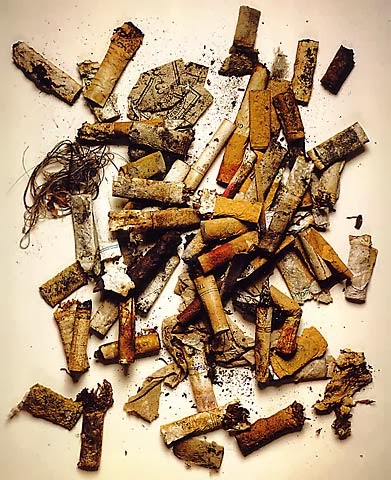Welcome to Make it Monday!
The term "still life" refers to the grouping of static objects that have a common theme. When photographing a still life, the artist has a lot of leeway in terms of arranging and designing the layout of the composition. Taking a photograph of static objects is by far one the oldest practices in the history of photography. Although a seemingly simple
task, the photographer must rely on his or her design and lighting
capabilities in order to produce a successful image. This genre of photography is very important today, particularly in the world of commercial photography. Companies are always looking for photographers to photograph their new products. I would like to share a few tips with you on how to take a great image of a still life.
Step 1: Getting Started: Contrary to popular belief, you do not need a large studio or fancy location to photograph a still life image. Clear a space in your home where you can work. It's always best to set up a plain backdrop to place your objects against. For an ideal setting, it is a good idea to use a paper backdrop or other type of flat surface. There are special tables that are sold called "still life tables", as seen in the image below, although it would also be easy to mimic this will a large sheet of thick paper.
Step 2: Choosing your Subject Matter: This is the most important part of creating a successful still life photograph. The objects that you choose will naturally represent something to you. It's important to note that the objects you choose to photograph might mean something different to your viewers eye. As a photographer, it is always important to ask the following question, 'are my intentions for this photograph really coming through to the viewer'? For example, in Irving Penn's image below of the cigarette butts; would the content of this image be related to "stop smoking" or do you see another message?
 |
| Penn, Irving, Cigarette Butts, nd. |
Step 3: Getting the Backdrop Right: The objects that you choose to photograph will inevitably determine your backdrop. It's important to think about how color will effect your items within a two-dimensional picture. If you are photographing an object that has warm tones, such as a carrot, would it be more beneficial to have the backdrop be similar?
Or is it better to allow for a warm object to sit against a cool background?
Step 4: Lighting: The lighting that you choose to photograph your objects under will undoubtedly have an effect on the final outcome of your image. You can use hard light to create more of a dramatic effect or soft lighting to create a serene tone. The lights that you use certainly do not have be be expensive. The best lighting that you'll likely to find would be the natural light coming through a window. That being said, tungsten lights also work well for photographing static objects. In short, you want your light source(s) to remain on (verses using a hand-held flash or strobe lights) so you are able to study the direction the light is falling onto your subjects. Take note of how the shadows effect the objects and composition. Within the video below, you can see how contemporary photographer Hiroshi Sugimoto adjusts the lighting within his images:
Step 5: Tripods: Consider the fact that you very likely to use available light and/or tungsten light for your still life photographs. In order to be able to shoot with a slow shutter speed, using a tripod would be beneficial. A slow shutter speed will allow for the color temperature given off by the light source(s) to be more evident. Using a tripod will not only allow you to avoid camera shake with a slow shutter speed but it will also slow down the process of physically taking the picture thus allowing you more time to observe and develop your composition.
Step 6: Composition: Don't allow your tripod to make your compositions become static! You should always look for unique angles when photographing a still life. Consider how you can also manipulate the depth of field and focal point! Consider the "Rule of Thirds", "Framing", "Use of Line", and "Balance".
There are a slew of helpful tutorials on YouTube that can help you master many different ways to photograph a still life. The possibilities are endless! Check out the latest tutorials on YouTube by clicking "here".
____________________________________________________________________________
01. "10 Tips to Get Started with Still Life Photography." Photography Tuts. N.p., n.d. Web. 28 Oct. 2013.
02. "Hiroshi Sugimoto." YouTube. PBS Art21, n.d. Web. 28 Oct. 2013.








3 comments
Write commentsThank you for this post, it has a lot of good information.
ReplyThanks! I'm glad you found the blog post helpful! :)
Reply